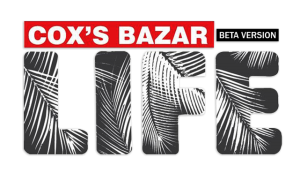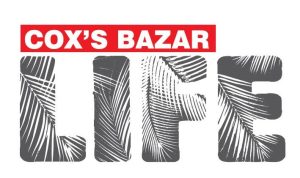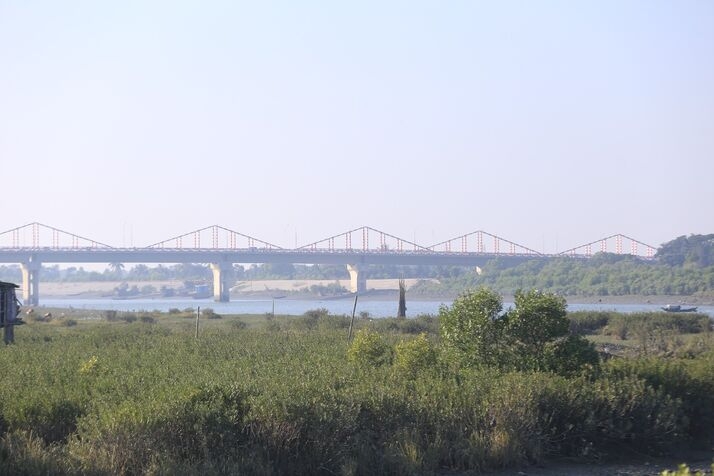The Bakkhali River is a lifeline for Cox’s Bazar, weaving through its history, economy, and biodiversity.
This river, stretching over 69 kilometers, originates from the eastern hill regions of Bangladesh and flows through Cox’s Bazar Sadar and Ramu before meeting the sea. Its tidal influence extends to the lower regions of these areas, shaping the lives of thousands who depend on it.
During the dry season, the river’s flow diminishes, exposing fertile riverbanks that support extensive vegetable farming. This creates employment for thousands of local farmers.
Bangladesh’s first rubber dam was built near the estuary to enhance agricultural irrigation during winter and optimize freshwater retention. From May to September, however, the river often swells with floodwaters due to monsoon rains and mountain runoff, significantly affecting low-lying areas of Ramu and Cox’s Bazar.
The Bakkhali River also nurtures the mangrove ecosystems along its banks, home to species like mangroves and bain trees once dominated by keora and golpata. These ecosystems are crucial for preserving biodiversity and protecting the coastline from erosion.
Economically, the river supports diverse activities, including salt farming, freshwater irrigation, and aquaculture.
The river’s tidal plains enrich the land, making it prime for salt and fish production. Traditions such as vibrant boat races and the Buddhist festival of Jahaj Bhasha celebrate the river culturally.
The Bakkhali River is a testament to the interconnectedness of nature, culture, and livelihoods in Cox’s Bazar, continuing to shape its people and their heritage.
By Mohammad Morshed
Photo: Hussain Shetu










